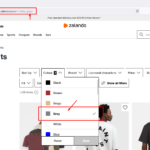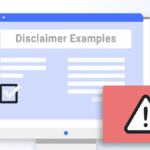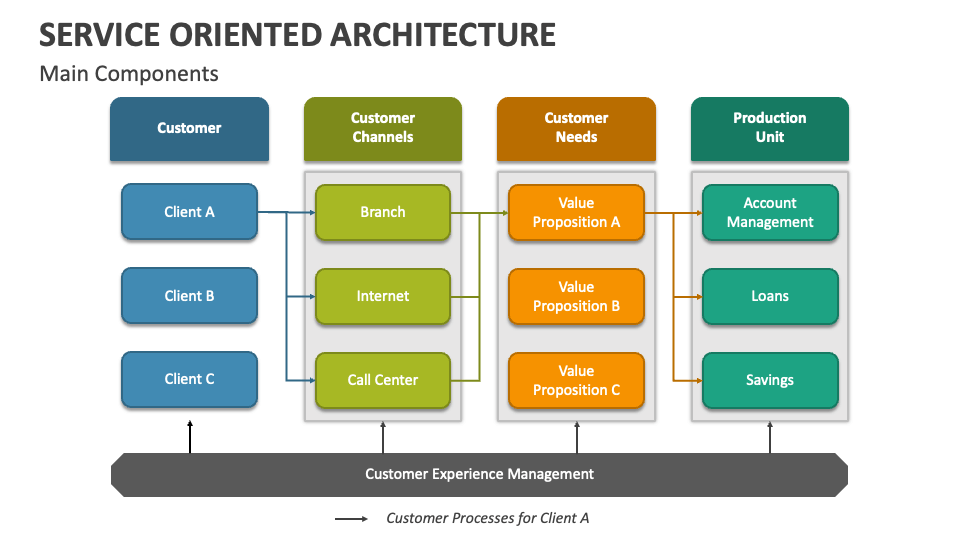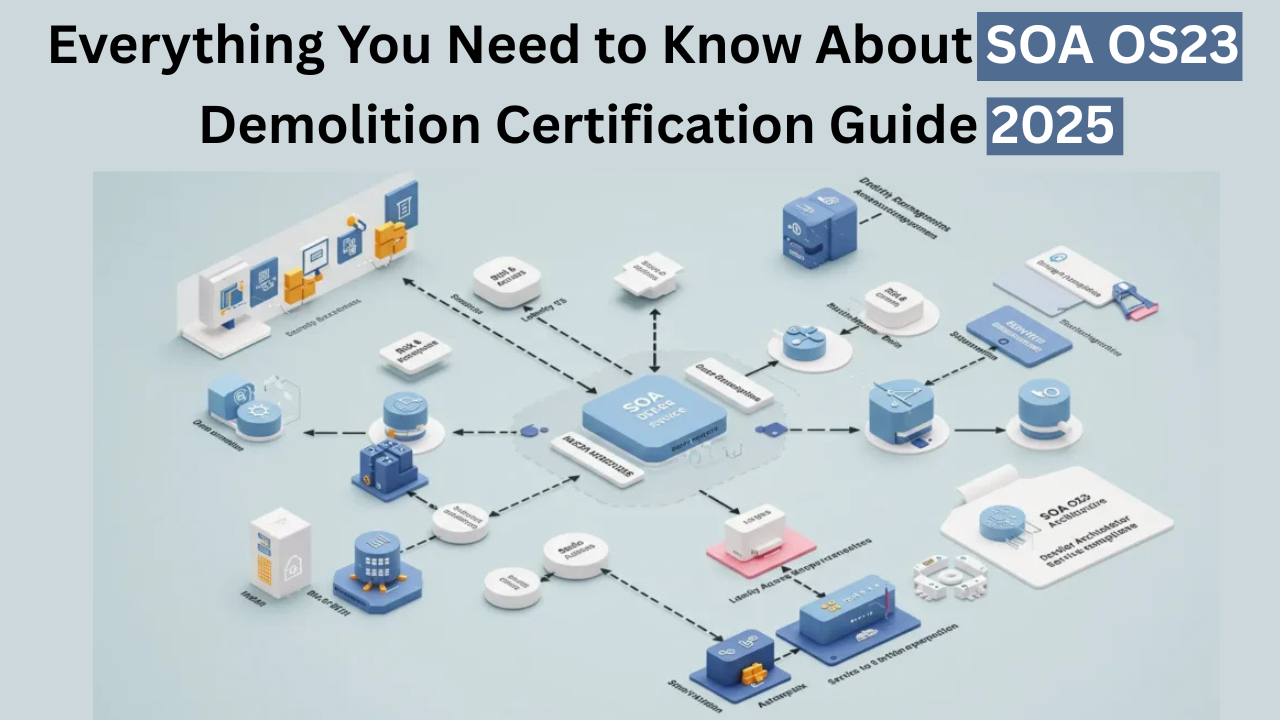In an era where digital architectures must scale, adapt, and remain secure under pressure, SOA OS23 is emerging as a pivotal framework. Whether you’re an enterprise architect, a CTO, or a curious developer, understanding SOA OS23 is critical to staying ahead. This article dives into the what, why, and how of SOA OS23 unpacked with clarity, depth, and technical insight.
Introduction: Why SOA OS23 Matters
Service-oriented architecture (SOA) has long been the backbone of modular, reusable systems. But traditional SOA models are increasingly strained by microservices, cloud-native demands, real-time data, and compliance overhead. Enter SOA OS23, an evolved architecture paradigm that seeks to bridge the best of SOA with modern demands, event-driven design, strong governance, decentralized modules, and built-in security.
Understanding SOA OS23 is not merely an academic exercise. For organizations undertaking digital transformation, legacy modernization, or operation across hybrid/multi-cloud environments, SOA OS23 offers a blueprint to remain resilient, interoperable, and future-proof.
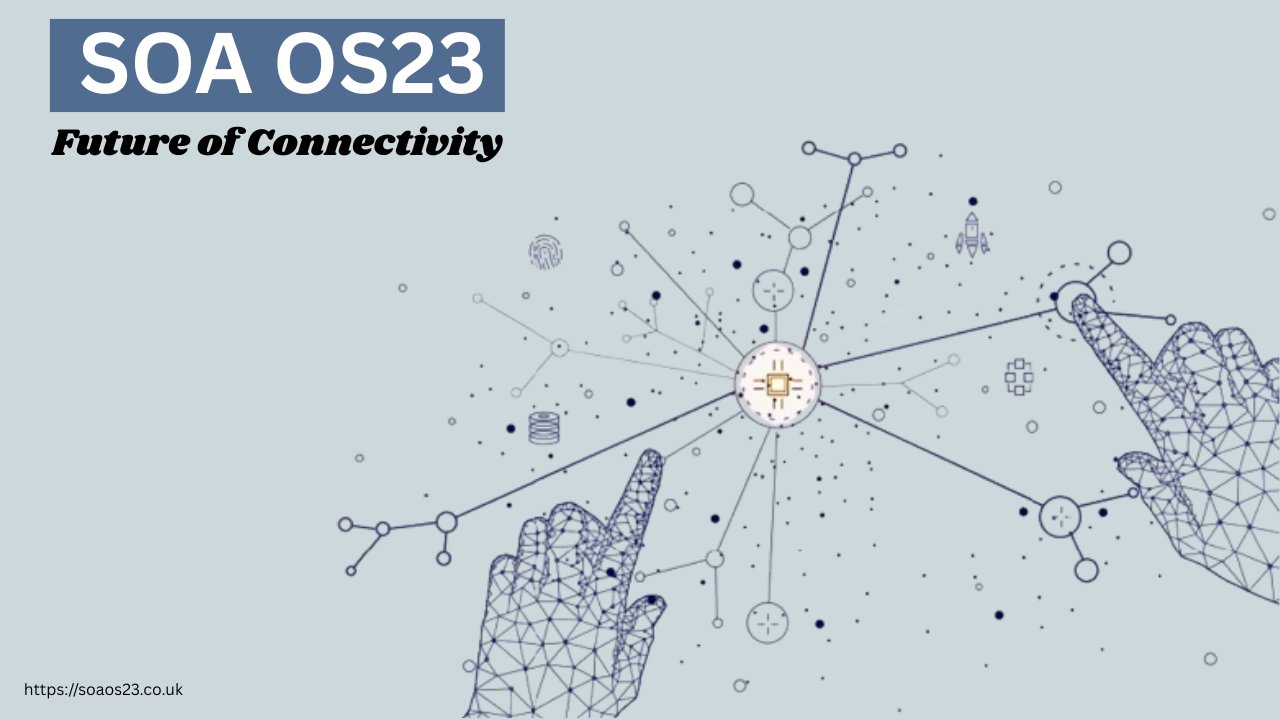
What Is SOA OS23?
Definition & Origins
At its core, SOA OS23 (sometimes stylized “SOA OS23”) refers to a next-generation service-oriented architecture framework or standard that integrates modularity, dynamic orchestration, security-by-design, and compliance-aware capabilities. It builds upon legacy SOA principles such as loose coupling, service reuse, and interoperability but enhances them for the modern digital landscape.
Some viewpoints position SOA OS23 as an “open standard” or architecture operating standard for 2023 (or beyond), rather than a single product or vendor tool.
Dual Interpretations: IT & Construction
Interestingly, “SOA OS23” appears in contexts outside IT. In Italy’s public works certification system (SOA for public works), OS23 is a category for demolition works (demolizione), for which companies must be certified to bid on certain tenders.
For clarity, this article focuses on SOA OS23 in the context of software architecture and systems. If you meant the construction certification meaning, I can cover that too.
Core Principles & Innovations of SOA OS23
What makes SOA OS23 distinct from traditional SOA or even microservices? Below are its foundational pillars.
Event-Driven & Reactive Messaging
Rather than purely request-response interactions, SOA OS23 emphasizes event-driven service communication. Services emit, subscribe, and react to events, enabling loosely coupled, real-time flows.
Modular Orchestration & Metadata
Each service declares itself via metadata (e.g., JSON, YAML, ProtoBuf descriptors), indicating its interfaces, contract versions, fallback policies, and governance rules. This helps runtime orchestration, service discovery, and version compatibility.
Security & Governance Embedded
Unlike architectures that bolt on security later, SOA OS23 weaves in mechanisms like zero-trust policies, token-based authentication, end-to-end encryption, call-graph auditing, and dynamic policy enforcement.
Observability & Self-Healing
SOA OS23 encourages native integration with observability stacks (OpenTelemetry, Prometheus, tracing tools) and self-healing via fallback strategies, circuit breakers, and automatic rerouting in case of failures.
Schema Evolution & Versioning
Live schema upgrades, backward compatibility adapters, and contract evolution are built into the architecture so that APIs can evolve without breaking clients.
Benefits & Business Impact
Adopting SOA OS23 can yield tangible benefits across technical, operational, and strategic dimensions.
| Benefit Category | What You Gain | Business Impact |
| Scalability & Flexibility | Scale individual services without wholesale rewrites | Supports demand spikes in fintech, e-commerce, IoT |
| Resilience & Fault Tolerance | Self-healing paths, isolation of faulty modules | Minimizes cascade failures in distributed systems |
| Faster Delivery | Looser coupling and modular updates | Less downtime and faster feature deployment |
| Regulatory Compliance | Built-in policy enforcement and audits | Easier alignment with GDPR, HIPAA, etc. |
| Interoperability | Cross-language/service compatibility | Easier integration with legacy and third-party systems |
| Operational Insight | Unified observability dashboards, call graphs | Better incident management and debugging |
From a strategic view, SOA OS23 allows organizations to treat architecture as a living ecosystem—not a monolith. As new technologies (AI, edge computing, blockchain) arise, they can plug into this ecosystem rather than forcing wholesale rearchitecting.
Use Cases & Industry Adoption
Here are real-world domains where SOA OS23 is particularly impactful:
Finance & Banking
In financial systems, you may need to orchestrate payment gateways, fraud detection, KYC services, and analytics modules. SOA OS23 enables these to interact securely, enforce policies, and evolve independently.
Healthcare & IoT
Connecting medical devices, EHR (electronic health record) systems, scheduling services, and analytics engines demands high compliance, privacy, and data consistency. SOA OS23’s security and governance layers shine here.
Logistics & Supply Chain
With distributed nodes, warehouse systems, sensors, and dynamic routing algorithms, SOA OS23 helps manage service coordination, real-time updates, and failover logic.
Smart Cities / Edge Systems
As edge devices proliferate, event-driven flows, device-to-cloud communication, and lightweight modules become essential. SOA OS23 supports hybrid and edge-aware deployments.
Implementation & Migration Strategy
Transitioning to SOA OS23 from existing architectures requires careful planning. Below is a recommended path:
1. Audit & Discovery
- Catalog existing services, APIs, data flows, legacy modules
- Identify coupling, bottlenecks, and governance gaps
2. Prototype / Pilot Module(s)
- Pick non-critical domain(s) to trial SOA OS23 principles
- Introduce metadata descriptors, event flows, and observability
3. Sidecar / Adapter Layer
- Use service-mesh or sidecar proxies to adapt legacy modules
- Deploy wrappers to translate old APIs into the new contract-based model
4. Gradual Migration
- Incrementally refactor modules move one service at a time
- Maintain backward compatibility with transitional adapters
5. Governance & Policy Definition
- Define standards for versioning, security policies, and SLAs
- Embed these into metadata descriptors and runtime enforcement
6. Monitoring, Feedback & Iteration
- Instrument full observability from day one
- Perform fault-injection tests, monitor traffic patterns, and adjust fallback logic
7. Training & Organizational Buy-in
- Upskill teams in cloud-native, event-driven, and policy-oriented design
- Create shared libraries, templates, and internal tooling to reduce fragmentation
Challenges & Risks
Adopting SOA OS23 isn’t trivial. Some pitfalls to watch for:
- Complexity Overhead: The metadata, policy engines, and dynamic orchestration add layers of complexity.
- Skill Gaps: Teams might struggle with event-driven programming, observability, and reactive principles.
- Performance Overhead: Added governance logic, encryption, and routing may add latency if not optimized.
- Governance Drift: Without discipline, services may deviate from standards, weakening composability.
- Tooling Maturity: As an emerging paradigm, some tooling or community support may lag.
Mitigation involves starting small, enforcing strict governance, and investing in tooling and training early.
SOA OS23 vs Traditional SOA & Microservices
To clarify where SOA OS23 fits relative to older models:
| Criteria | Traditional SOA | Microservices | SOA OS23 |
| Communication Style | Synchronous RPC / SOAP | REST / RPC | Event-driven + RPC hybrid |
| Governance | Centralized ESB | Lightweight or no central broker | Metadata + policy-based orchestration |
| Schema Evolution | Rigid, versioned manually | API versioning | Live schema evolution, backward compatibility |
| Security | Perimeter-based | Varies | Zero-trust by design |
| Observability | Logging, limited tracing | Distributed tracing (optional) | Unified, built-in observability |
| Coupling | Often tightly integrated | Loose but evolving | Loose with strong contract-driven abstraction |
| Deployment | Often monolithic or semi-modular | Container-based services | Cloud-native, edge-aware, modular |
Best Practices & Recommendations
- Start with small bounded contexts, avoid refactoring everything at once.
- Use metadata-driven design so runtime orchestration is predictable.
- Embed governance, security, and policy enforcement early—not as bolt-ons.
- Instrument observability from day one (logs, metrics, tracing).
- Adopt backward-compatible adapters during migration phases.
- Enforce service contracts and versioning discipline via CI/CD pipelines.
- Simulate failures and load testing to validate self-healing behavior.
- Document and share common libraries and modules to avoid duplication.
FAQs (Frequently Asked Questions)
Q1: What exactly does “soa os23” stand for?
It generally refers to a modern standard or architectural mindset: Service-Oriented Architecture Operating Standard (or Open Standard) 2023. It is not a specific product but an approach combining SOA principles with contemporary demands
Q2: How is SOA OS23 different from microservices?
While microservices emphasize breaking systems into small, independently deployable units, SOA OS23 goes further by embedding policy-driven orchestration, event-based flows, contract metadata, and governance as first-class aspects.
Q3: Can I adopt SOA OS23 gradually?
Yes. The recommended strategy is to pilot on non-critical domains, wrap legacy services via adapters, incrementally migrate services, and enforce governance and observability along the way.
Q4: Is SOA OS23 suitable for small businesses or startups?
It can be. Although it introduces architectural overhead, the benefits of modularity, governance, and scalability can pay off, especially as growth scales. Starting with minimal governance layers and gradually expanding them is sensible.
Q5: What industries are adopting SOA OS23?
Prominent applications are being cited in finance, healthcare, logistics, IoT, and smart infrastructure ecosystems domains that require high reliability, compliance, and real-time operations.
Q6: What tooling supports SOA OS23?
While no single “SOA OS23” tool exists, many supporting technologies are used: service meshes (Istio), orchestration frameworks, sidecars, OpenTelemetry for observability, security libraries (JWT/OAuth), API gateways, and CI/CD systems tailored to contract enforcement.
Q7: What are the biggest risks when migrating to SOA OS23?
Key risks include architectural complexity, skill gaps, performance overhead from governance logic, deviation from standards, and tooling immaturity. Mitigations include gradual adoption, strong governance, investment in training, and rigorous testing.
Conclusion & Call to Action
SOA OS23 represents a thoughtful evolution in the journey from monoliths → SOA → microservices → composable, event-driven ecosystems. It doesn’t replace all previous models, but it blends their strengths with modern demands: security, adaptability, governance, and real-time flow.
If you’re planning a digital transformation or modernizing legacy platforms, exploring SOA OS23 is worth your roadmap. Start small, pilot with selective modules, and evolve your platform into a living architecture. If you’d like, I can help you build a migration plan or choose the right tools for your context just let me know.

